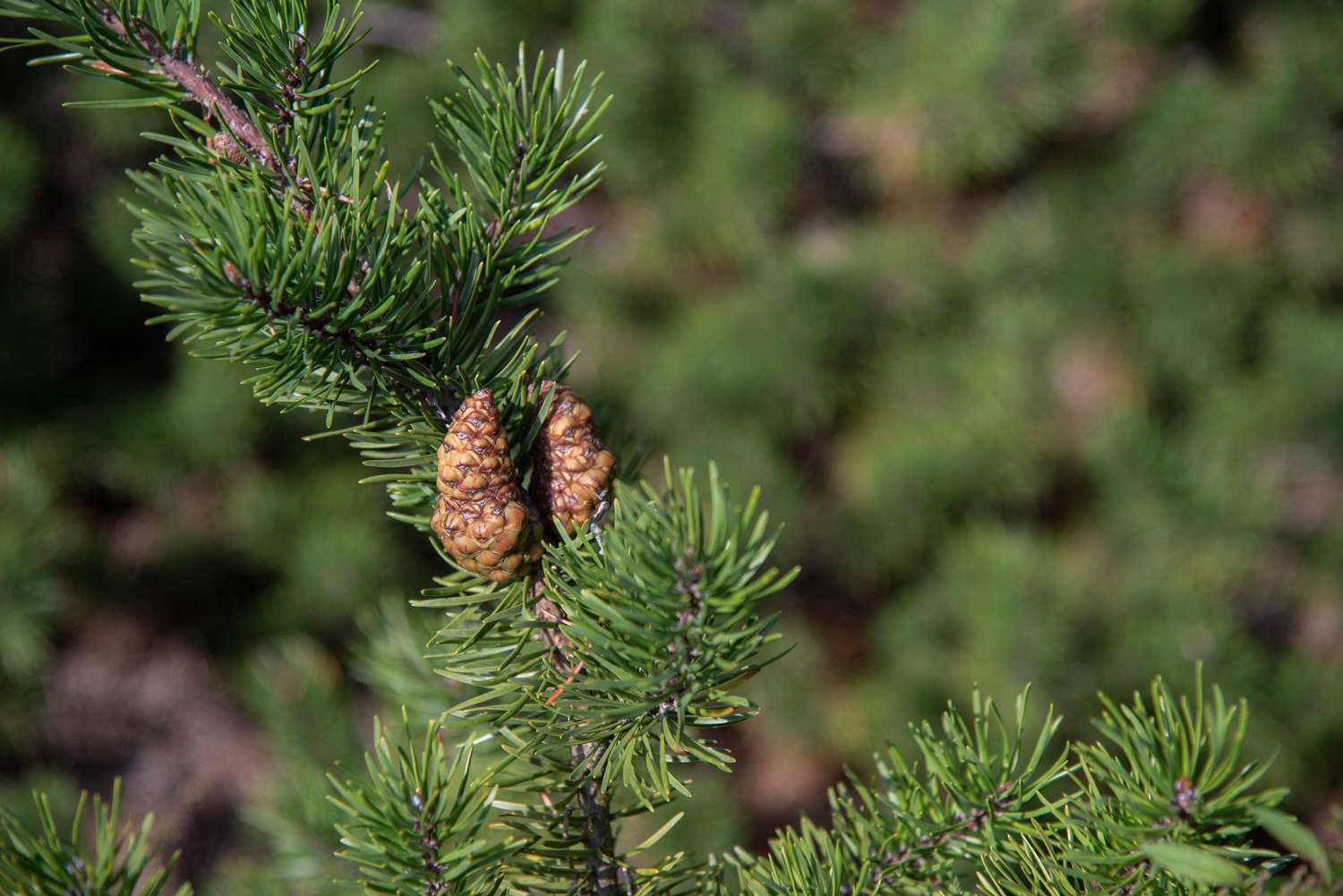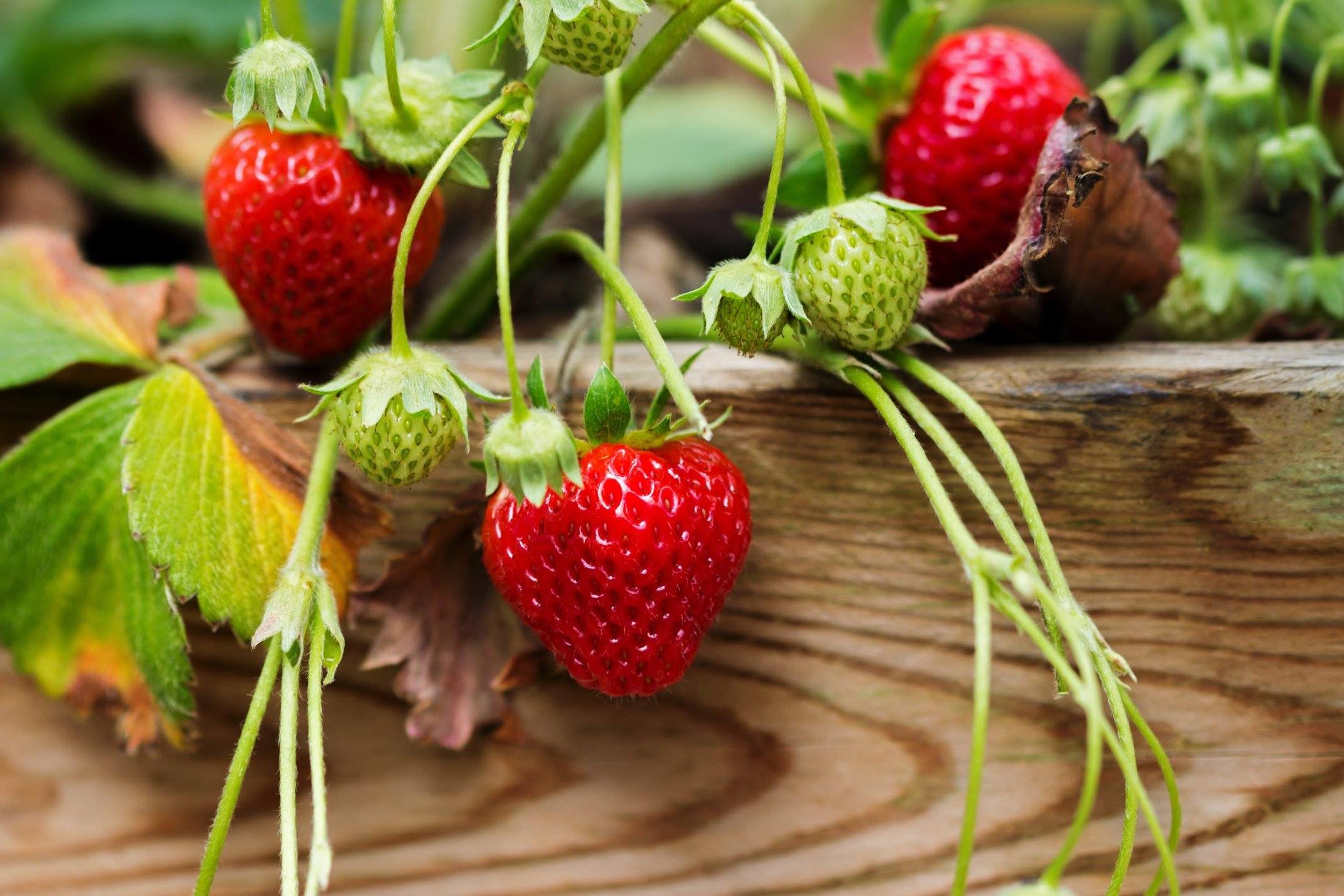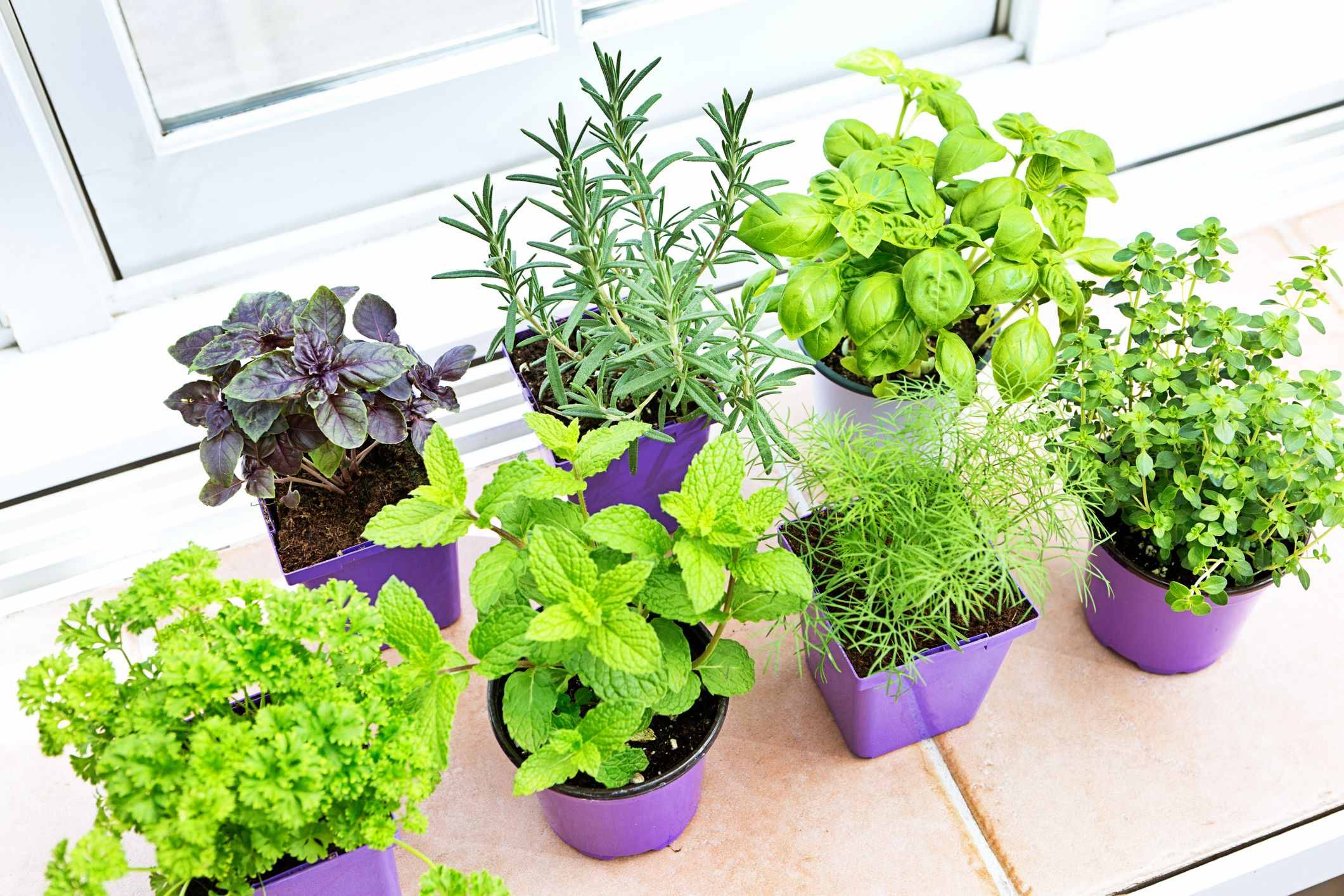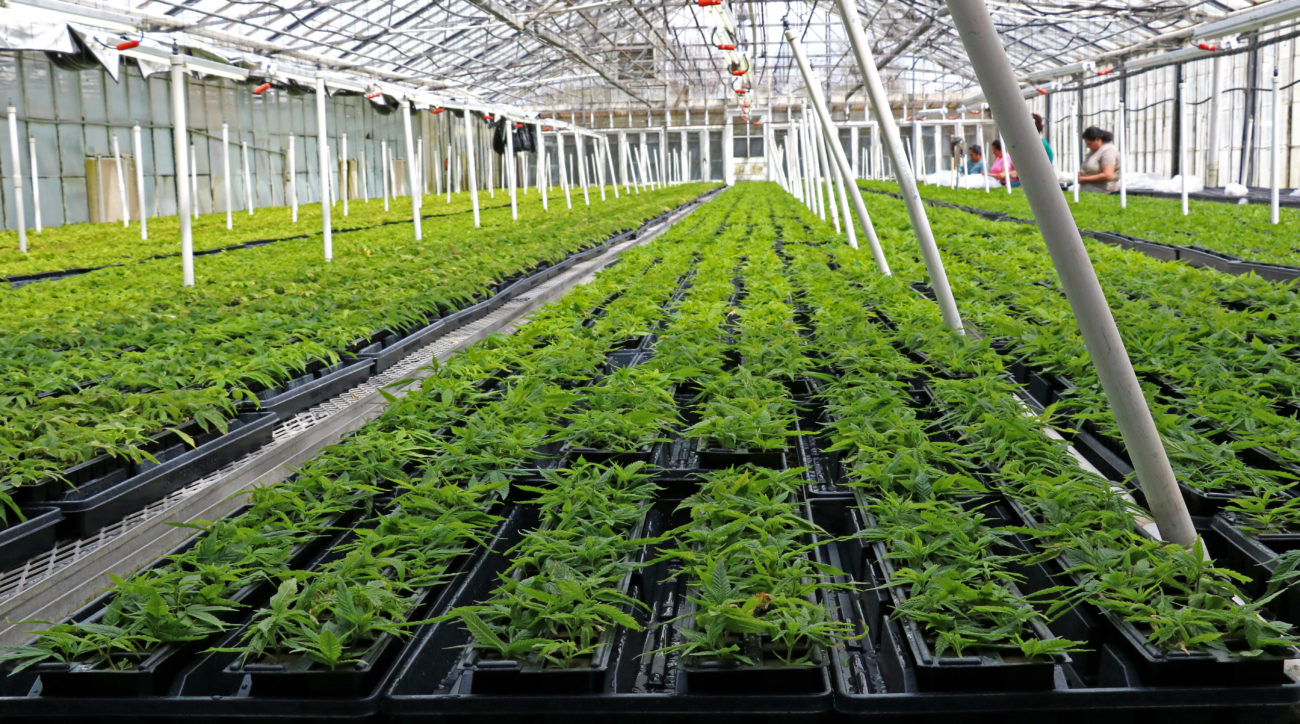Home>Types of Gardening>Edible Gardening>How To Grow Rosemary From Seed
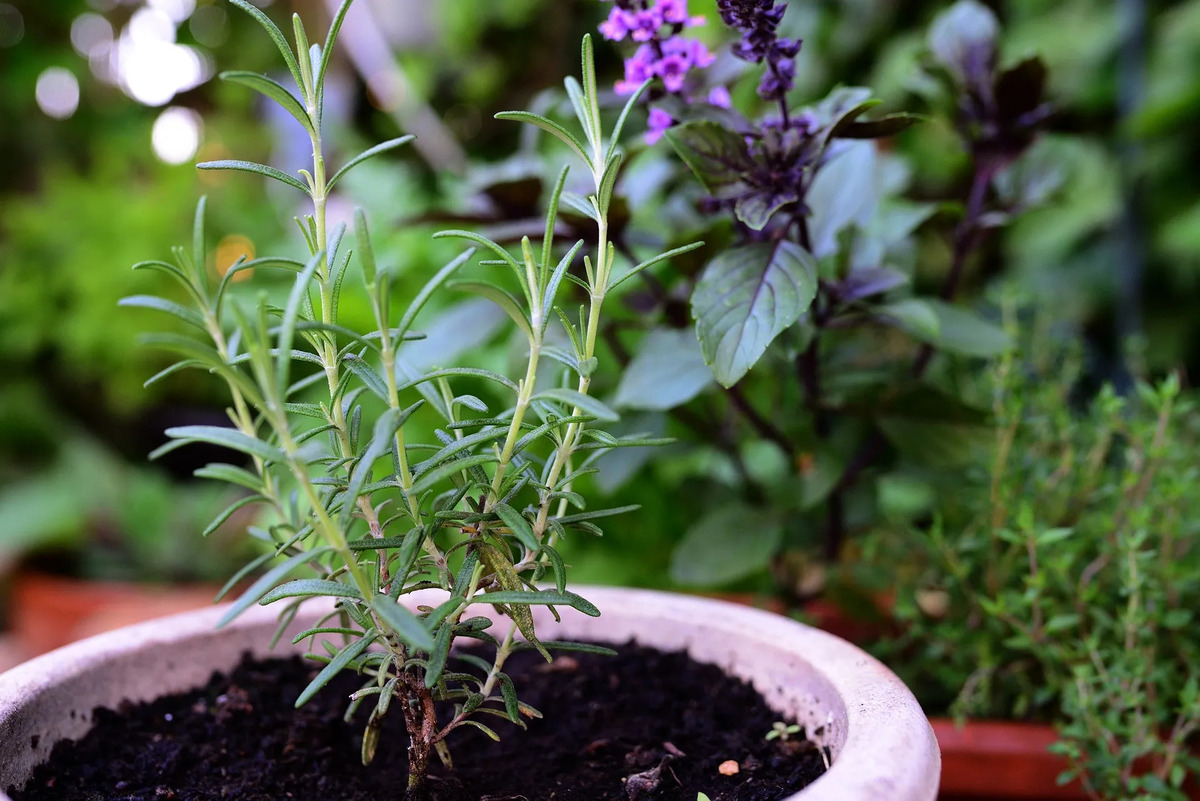

Edible Gardening
How To Grow Rosemary From Seed
Modified: January 29, 2024
Learn the step-by-step process of growing rosemary from seed in your own edible gardening space. Discover tips and tricks for a successful harvest.
(Many of the links in this article redirect to a specific reviewed product. Your purchase of these products through affiliate links helps to generate commission for Chicagolandgardening.com, at no extra cost. Learn more)
Table of Contents
Introduction
Welcome to the world of edible gardening! There is something incredibly rewarding about growing your own food, and one of the most versatile and aromatic herbs you can cultivate is rosemary. While you can buy rosemary plants from a nursery, growing rosemary from seed allows you to have complete control over the process from start to finish. It may seem daunting at first, but with a little bit of knowledge and the right techniques, you can successfully grow rosemary from seed and watch it flourish in your garden.
Rosemary (Rosmarinus officinalis) is a perennial herb native to the Mediterranean region. It is known for its delightful fragrance and its ability to add flavor to a wide range of dishes. From roasted meats to soups and stews, rosemary infuses dishes with its distinct pine-like aroma and slightly minty, earthy taste.
Aside from its culinary uses, rosemary also offers a host of health benefits. It is rich in antioxidants and has been associated with improved digestion, reduced inflammation, and enhanced memory and concentration. In addition, rosemary has antimicrobial properties, making it a popular choice for natural remedies and skincare products.
Now that you understand the appeal of growing rosemary, let’s delve into the details of starting your rosemary journey from seed. In this article, we will guide you through the process of choosing the right seeds, preparing the soil, planting the seeds, and caring for your rosemary plants. We will also cover tips on maintaining and pruning your plants, as well as harvesting and using rosemary in your culinary endeavors.
Benefits of Growing Rosemary from Seed
Growing rosemary from seed offers a range of benefits that make it a worthwhile endeavor for any aspiring gardener. Here are some of the key advantages:
- Cost-effective: Buying seeds is generally more affordable than purchasing established plants. By growing rosemary from seed, you can save money while still enjoying a bountiful harvest.
- Wide Variety of Choices: When you explore growing rosemary from seed, you have access to an extensive selection of varieties. From traditional culinary types like ‘Tuscan Blue’ and ‘Arp’ to unique cultivars with different flavors and growth habits, seed catalogs offer an abundance of options to suit your preferences.
- Greater Control: Starting from seed allows you to have complete control over the entire growing process. You can ensure that your plants are free from pesticides and other harmful chemicals, creating a more organic and sustainable garden.
- Increased Success Rate: While growing rosemary from cuttings can be challenging, especially for beginner gardeners, starting from seed tends to have a higher success rate. Seeds are generally more resilient and less likely to encounter issues such as root rot or transplant shock.
- Learning Experience: Growing rosemary from seed provides a valuable learning experience. You can observe and understand the various stages of plant growth, from germination to maturity. This knowledge can be applied to other gardening endeavors as you expand your repertoire.
By growing rosemary from seed, you can enjoy the satisfaction of nurturing a plant from its earliest stages and reaping the rewards of a healthy and vibrant herb garden. It also allows you to customize your garden to your preferences and explore the rich variety of rosemary cultivars available. So, roll up your sleeves and get ready to embark on an exciting journey of growing rosemary from seed!
Choosing the Right Seeds
When it comes to growing rosemary from seed, selecting the right seeds is crucial for a successful harvest. Here are some factors to consider when choosing your rosemary seeds:
- Variety: Rosemary comes in a variety of cultivars, each with its own unique characteristics. Consider the purpose of your rosemary plant – whether it will be used primarily for culinary purposes, ornamental purposes, or both. This will help you determine which specific variety is best suited for your needs.
- Quality: It is essential to source high-quality seeds from reputable suppliers. Look for seeds labeled as “organic” or “non-GMO” to ensure that you are starting with the best possible foundation for your herb garden. Fresh seeds with a high germination rate will increase your chances of successful propagation.
- Freshness: Check the expiration date on the seed packet to ensure that the seeds are fresh. Older seeds may have a reduced germination rate, which can affect the success of your plants. If possible, opt for seeds from the most recent harvest to maximize their viability.
- Supplier Reputation: Research and choose reputable suppliers who specialize in herb seeds. Read customer reviews and ratings to gauge the reliability and customer satisfaction associated with the supplier. This will help you make an informed decision and ensure that you are purchasing seeds from a trustworthy source.
- Quantity: Consider the number of plants you want to grow and the space available in your garden. Seed packets typically mention the number of seeds contained within, allowing you to estimate how many plants you can cultivate. It is always a good idea to have a few extra seeds on hand to account for any potential failures or for sharing with fellow gardeners.
Remember to choose seeds that align with your gardening goals, ensuring that they are of high quality and freshness. A little bit of research and careful selection will go a long way in setting the stage for successful rosemary cultivation from seed.
Preparing the Soil
Preparing the soil is a critical step in growing rosemary from seed. Rosemary thrives in well-draining soil that is rich in organic matter. Here’s how you can prepare the soil for optimal growth:
- Choose the Right Location: Select a sunny spot in your garden that receives at least six hours of direct sunlight daily. Rosemary loves the warmth and thrives in full sun, so ensure that the chosen location meets this requirement.
- Test the Soil: Before planting, it’s a good idea to test the soil pH. Rosemary prefers slightly acidic to neutral soil, with a pH range of 6.0 to 7.0. A home soil testing kit can help determine if any adjustments need to be made to achieve the optimal pH level.
- Improve Drainage: Rosemary dislikes standing water, so it’s crucial to ensure proper drainage. If your soil doesn’t drain well, you can amend it by adding organic matter such as compost, well-rotted manure, or perlite. These amendments will help loosen the soil, improve aeration, and promote drainage.
- Remove Weeds and Debris: Clear the planting area of any weeds, stones, or debris that could hinder seed germination or impede plant growth. Smooth the surface of the soil to create a level planting bed.
- Add Organic Fertilizer: Enrich the soil by incorporating organic fertilizers. Choose a well-balanced fertilizer with equal ratios of nitrogen, phosphorus, and potassium (N-P-K). Follow the instructions on the fertilizer packaging to apply the appropriate amount for the size of your planting area.
- Consider Raised Beds or Containers: If your soil doesn’t meet the necessary requirements for rosemary cultivation, consider using raised beds or containers. This will give you more control over the soil composition and drainage, ensuring optimal conditions for your plants.
By taking the time to properly prepare the soil, you provide your rosemary seeds with an ideal growing environment. Well-draining soil that is rich in nutrients will promote healthy root development and encourage strong, vigorous plants. So roll up your sleeves, get your tools ready, and let’s prepare the soil for your rosemary garden!
Planting Rosemary Seeds
Now that you have prepared the soil, it’s time to plant your rosemary seeds. Follow these steps to ensure successful germination and growth:
- Sow Indoors or Outdoors: Rosemary seeds can be sown either indoors or directly in the garden, depending on your climate and the time of year. In colder regions, it’s best to start seeds indoors 8 to 10 weeks before the last frost date.
- Prepare Seed Trays or Pots: If starting seeds indoors, fill seed trays or small pots with a seed starting mix that is well-draining. Moisten the soil lightly before planting to provide a conducive environment for germination.
- Sow the Seeds: Sprinkle the rosemary seeds over the soil surface, spacing them evenly. Keep in mind that rosemary seeds are tiny, so a light touch is required. Very gently press the seeds into the soil or use a fine mist sprayer to lightly water the seeds after sowing.
- Cover and Label: Cover the seeds with a thin layer of vermiculite or seed starting mix to retain moisture. Place a clear plastic cover or wrap the tray with plastic wrap to create a greenhouse-like environment. Label the tray or pots with the date of sowing and the variety of rosemary being planted.
- Provide Adequate Moisture and Light: Keep the soil moist but not waterlogged throughout the germination period. Ensure that the seed trays or pots are placed in a warm location receiving bright, indirect sunlight. Using a heating mat can help maintain the ideal temperature for germination.
- Transplant Seedlings: Once the seedlings have developed their first true leaves and are strong enough to handle, they can be transplanted into larger pots or directly into the garden. Space them about 12 to 18 inches apart to allow adequate room for growth.
Remember to follow any specific instructions on the seed packet for optimal germination and planting depth. By carefully following these steps, you are on your way to growing healthy and thriving rosemary seedlings!
Caring for Seedlings
Caring for your rosemary seedlings is crucial for their growth and development. Here are some essential care tips to ensure the success of your young rosemary plants:
- Watering: Rosemary seedlings prefer slightly dry conditions, so water them sparingly. Allow the top inch of soil to dry out between waterings to prevent overwatering and root rot. A good practice is to water deeply but infrequently, ensuring that the roots receive adequate moisture without becoming waterlogged.
- Light: Place your seedlings in a sunny location where they can receive at least six to eight hours of direct sunlight per day. If growing indoors, you can use grow lights to provide adequate light intensity and duration. Proper light exposure will promote strong and compact growth.
- Temperature: Rosemary thrives in warm temperatures, ideally between 65-75°F (18-24°C). Avoid exposing your seedlings to cold drafts or extreme temperature fluctuations, as this can stunt their growth or cause damage. If necessary, use a small heater or grow lights with built-in heat to maintain optimal temperature conditions.
- Fertilization: Once your seedlings have established their second set of true leaves, you can begin feeding them with a diluted liquid fertilizer. Choose a balanced organic fertilizer and follow the package instructions for proper dilution and frequency of application. Be cautious not to over-fertilize, as this can lead to excessive foliage growth and a weaker overall plant structure.
- Pruning: As your seedlings grow, it’s important to encourage bushy and compact growth by regularly pruning the tips. This will help prevent leggy growth and promote branching. Use clean and sharp pruning shears to remove the topmost couple of inches of the plant. You can use the pruned sprigs in your cooking or for propagating additional plants.
- Pest and Disease Management: Keep a watchful eye for common pests such as aphids or spider mites. If you spot any pests, treat them with an organic insecticidal soap or an appropriate natural pest control method. Additionally, ensure good airflow around the plants to prevent fungal diseases. Proper sanitation, such as removing fallen leaves or debris, will help prevent disease outbreaks.
By providing the right care and attention to your rosemary seedlings, you set the stage for healthy growth and future success. Remember to monitor their needs and adjust your care routine accordingly, ensuring that they receive the optimal conditions to thrive.
Transplanting Seedlings
When your rosemary seedlings have grown strong and are ready to be moved to their permanent location, it’s time for transplantation. Follow these steps to ensure a smooth transition for your seedlings:
- Choose the Right Time: Transplant your seedlings outdoors after the danger of frost has passed and when the soil temperature has warmed up to around 70°F (21°C). This is usually in the spring when the weather is consistently warm.
- Prepare the Planting Hole: Dig a hole in the garden that is wide and deep enough to accommodate the root ball of the seedling. The hole should be slightly larger than the pot in which the seedling has been growing.
- Amend the Soil: Incorporate organic matter, such as compost or well-rotted manure, into the planting hole. This will help enrich the soil and provide essential nutrients for the growth of the transplanted seedling.
- Remove the Seedling: Carefully remove the seedling from its pot, taking care not to disturb the delicate root system. Gently loosen the roots if they have become root-bound to encourage proper growth.
- Place and Firm: Set the seedling in the prepared planting hole, ensuring that it sits at the same depth as it was in the pot. Firmly but gently press the soil around the root ball to eliminate any air pockets and provide stability to the plant.
- Water Thoroughly: After transplanting, give the seedling a deep watering to help settle the soil and provide hydration to the roots. Continue to water regularly, keeping the soil evenly moist but not waterlogged, in the weeks following transplantation.
- Mulch: Apply a layer of organic mulch, such as straw or wood chips, around the base of the seedling. This will help conserve moisture, suppress weed growth, and regulate soil temperature.
- Provide Protection: If transplanting during a period of extreme heat or strong sunlight, consider providing a temporary shade cover or using row covers to protect the seedlings from excessive stress while they adjust to their new environment.
Transplanting seedlings requires care and attention to ensure their successful establishment in the garden. By following these steps and providing the necessary care, you set your rosemary seedlings on the path to becoming mature, productive plants.
Maintaining and Pruning Rosemary Plants
Once your rosemary plants are established in the garden, it’s important to maintain and prune them to encourage growth and ensure their long-term health. Follow these guidelines to effectively care for your rosemary plants:
- Watering: While rosemary is drought-tolerant, regular watering is still necessary during periods of prolonged dryness. Water deeply, allowing the soil to dry out slightly between waterings. Be cautious not to overwater, as excessive moisture can lead to root rot.
- Soil Fertility: Rosemary doesn’t require heavy feeding, but a yearly application of balanced organic fertilizer in early spring can help promote healthy growth. Avoid excessive use of nitrogen-rich fertilizers, as this can result in excessive leaf growth and reduced flavor in the herb.
- Pruning: Regular pruning is essential to maintain the shape and vigor of your rosemary plants. Prune back the top one-third of the plant and any leggy or straggly growth. This will encourage bushier growth and prevent the plant from becoming woody and unmanageable.
- Harvesting: Harvest rosemary sprigs as needed by cutting stems back to just above a pair of leaves. Regular harvesting will help promote new growth and ensure a constant supply of fresh rosemary. Avoid removing more than one-third of the plant’s foliage at once to prevent stress on the plant.
- Pest and Disease Management: Rosemary is generally resistant to pests and diseases. However, keep an eye out for common issues such as powdery mildew, aphids, or spider mites. Monitor your plants regularly and take prompt action to address any infestations using organic pest control methods.
- Winter Protection: In colder climates, rosemary may benefit from winter protection. Apply a layer of mulch around the base of the plant to insulate the roots and protect them from extreme cold. Alternatively, consider growing rosemary in containers that can be brought indoors during the winter months.
- Dividing and Propagation: Over time, rosemary plants can become woody and less productive. To rejuvenate them, divide the plants every few years. Carefully dig up the plant and separate it into smaller sections, ensuring each section has roots. Replant the divisions in well-draining soil and provide regular care to encourage healthy growth.
By maintaining and pruning your rosemary plants, you can ensure their overall health, productivity, and longevity in your garden. With proper care, your rosemary plants will continue to provide fresh, aromatic sprigs for culinary delights and enhance the beauty of your garden for years to come.
Harvesting Rosemary
Harvesting rosemary is a gratifying process that allows you to enjoy the aromatic and flavorful herb in your culinary creations. Here’s what you need to know to harvest rosemary successfully:
- Timing: Rosemary can be harvested throughout the year, but the best time is generally in the morning when the plant’s essential oils are at their peak concentration. Avoid harvesting too much during the plant’s first year to allow it to establish a strong root system.
- Method: To harvest rosemary, use a pair of sharp pruning shears or scissors. Look for healthy, vibrant sprigs with firm stems and an intense fragrance. Cut the stems just above a pair of leaves or nodes to encourage new growth and ensure a neat appearance for your plant.
- Selective Harvesting: When harvesting rosemary, prefer selective harvesting rather than removing entire branches at once. This approach allows the plant to continue growing and producing new foliage for future harvests. Avoid stripping the plant of all its leaves, as this can weaken the plant and its ability to recover.
- Drying Rosemary: If you want to preserve your harvested rosemary for later use, drying is a popular method. Gather a small bundle of rosemary sprigs, tie them together with twine, and hang them upside down in a dry, well-ventilated area away from direct sunlight. Once completely dry, remove the leaves from the stems and store them in airtight containers.
- Using Fresh Rosemary: Fresh rosemary can be used immediately in a wide range of recipes. The leaves can be stripped from the stems and chopped finely or left whole for infusing flavor into dishes. Rosemary pairs well with roasted meats, vegetables, soups, and marinades, adding a delightful aroma and taste.
- Storing Rosemary: Fresh rosemary can be stored in the refrigerator for up to two weeks. Keep the stems in a jar or glass of water, loosely covered with a plastic bag or drape a damp paper towel over the top. Alternatively, you can freeze rosemary by placing the leaves in an airtight container or freezer bags. Frozen rosemary retains its flavor well and can be used directly from the freezer in cooking.
Harvesting rosemary allows you to experience the joy and taste of this versatile herb in your kitchen. Whether using it fresh or dried, rosemary adds a delightful flavor and aroma to your culinary creations, enhancing the overall dining experience.
Conclusion
Congratulations on your journey to growing rosemary from seed! By following the steps outlined in this article, you have gained the knowledge and skills to successfully cultivate this versatile and aromatic herb in your own garden. From choosing the right seeds to preparing the soil, planting, and caring for the seedlings, you have learned the necessary techniques to ensure healthy growth and bountiful harvests.
Growing rosemary from seed offers a range of benefits, including cost-effectiveness, a wide variety of choices, and greater control over the entire process. The joy of nurturing a plant from its earliest stages and witnessing its transformation into a mature herb brings a sense of fulfillment and satisfaction. As you care for your rosemary plants, remember to provide them with adequate sunlight, well-draining soil, and proper watering to promote their overall health and productivity.
Harvesting rosemary is a rewarding experience that allows you to enjoy the herb’s delightful aroma and flavor in your culinary endeavors. Whether you choose to use it fresh or dry it for later use, rosemary adds a delicious touch to a variety of dishes.
As you continue to maintain and prune your rosemary plants, you will ensure their long-term health and vigor. Regular pruning will help shape the plants, prevent them from becoming straggly, and promote new growth. Providing occasional fertilization, pest and disease management, and winter protection will further ensure the success of your rosemary plants.
Remember to enjoy the process of growing and caring for your rosemary plants. Gardening is a journey filled with learning, experimentation, and the joy of seeing nature flourish. So dig in, get your hands dirty, and savor the rewards of your edible gardening adventure with homegrown rosemary!



